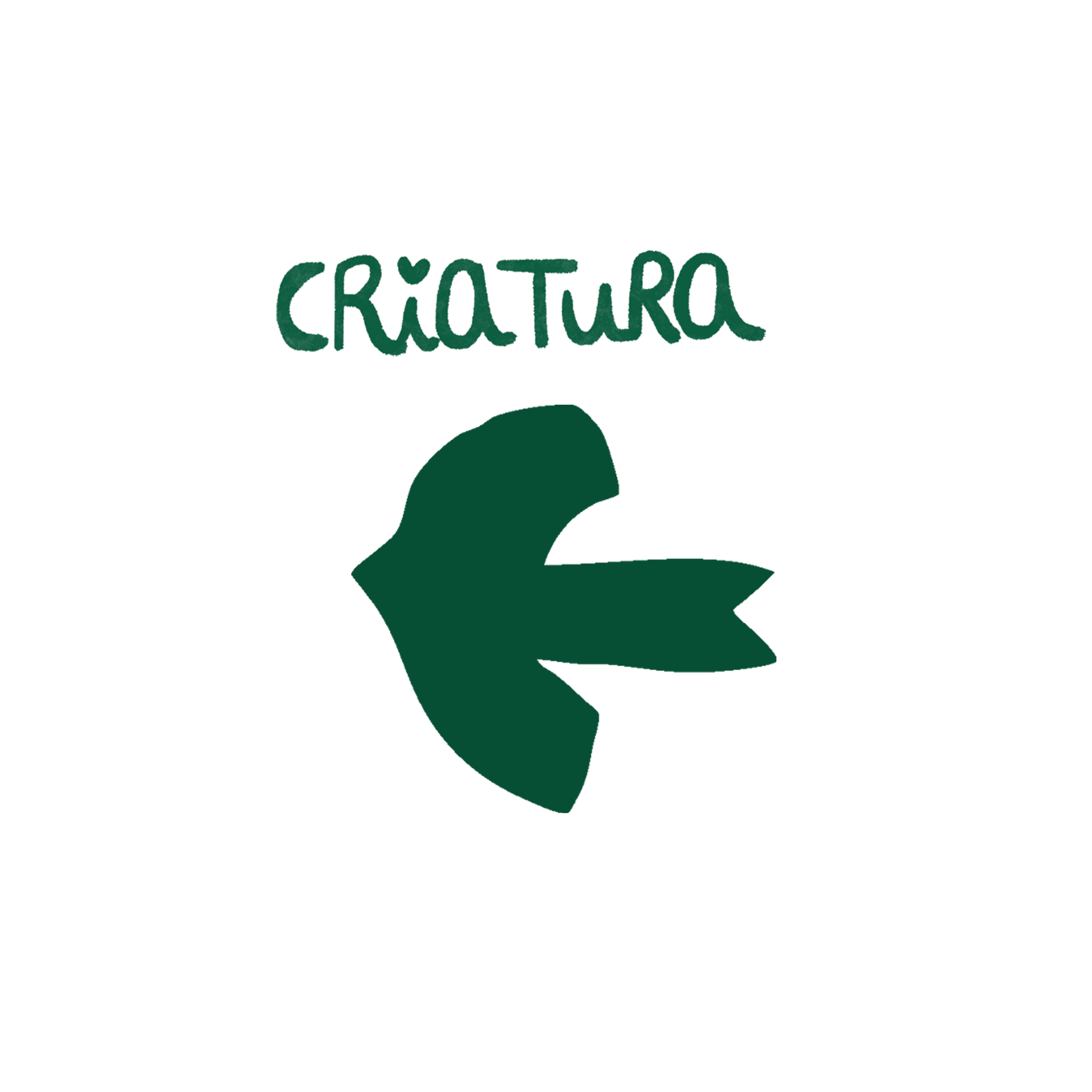Times have changed and in the usual rush of everyday life, time is a precious commodity. Everything that makes our routines and tasks easier gains fans easily and tea bags are no exception.
History of tea bags
Tea bags came about, like many inventions accidentally. Around 1908, Thomas Sullivan, a New York tea merchant, began sending samples of tea to his customers in small silk bags and some assumed that these were to be used in the same way as metal infusers, placing the entire bag into the jar instead of emptying the contents. That's when the first idea of making tea bags came about. The introduction of tea bags in Europe began in 1953 in the United Kingdom, driven by Tetley, at a time when all types of domestic appliances were promoted that reduced household chores. Tea bags became popular and gained fans, as they made the entire preparation of tea quicker.
In the early 1960s, tea bags accounted for less than 3% and in 2007 around 96% of the British market.
What exactly are tea bags and infusions?
Tea bags are small bags with broken or crushed leaves inside.
Depending on the brand and quality of the tea, the material with which they are produced also varies. Higher quality teas sometimes use bags made from silk or cotton. However, most of the sachets that we find in large and cheaper supermarkets are often made with plastic derivatives (nylon and polypropylene).
There are several categories of Infusions or teas:
- Whole leaf, has the highest and strongest flavor profile, and is considered the best quality
-Broken leaf, they are normally darker but preserve the flavor of whole leaf tea.
-Powder, they do not retain the flavor in the same way as the previous ones, which is why they are considered the worst quality formulation. It is used in sachets.
Loose leaf tea and sachets - advantages and disadvantages
The great advantage of sachets compared to loose leaf continues to be the simple and quick way in which we can prepare our cup of tea. We only need a sachet, hot water and a mug without the need for an infuser, dose the amount of plant to use and clean this utensil at the end.
However, for true lovers of teas or infusions, loose leaf options are without a doubt the most recommended option. As we have already mentioned, they are considered to be of superior quality as they preserve the aroma, nutrients and medicinal properties of the plants that sachet infusions cannot.
Regarding the caffeine content in our cup using sachet or loose leaf in its preparation, the same amount will also vary. The sachets, essentially containing powder inside, naturally release more caffeine.
Recycling
Finally, we must not forget that tea bags cannot be recycled or placed in the compost bin. They must be placed in the general trash and may take hundreds of years to decompose. One more reason why we should choose to buy infusions or teas in bulk or with sustainable packaging like the ones we use in Criatura.

